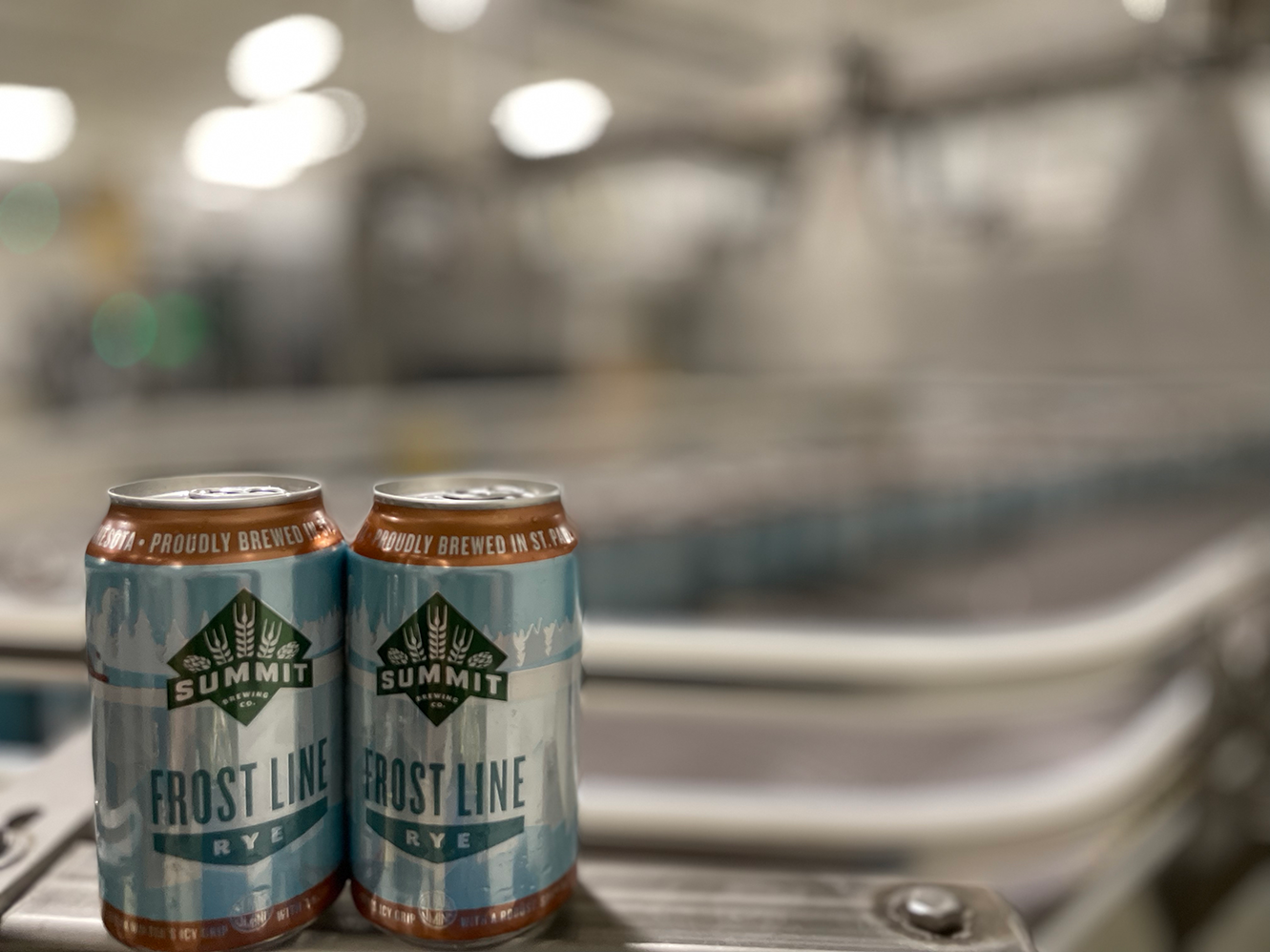Tasting Summit Frost Line Rye IPA Like a Craft Brewer
As we move into a new year, new beer trends begin to emerge. Lagers and light beers are becoming more and more prevalent, while barrel-aged heavy hitters begin to take a back seat. Yet, whether a beer is bold and in-your-face or more reserved and nuanced, there’s always a world of flavor to be explored.
While it is true that these lighter lagers are starting to make themselves more known (and we’ll get to those again, don’t you worry!), IPAs still reign in the world of craft beer. Thus, we’re sticking with our IPA line-up and moving on to Summit Frost Line Rye IPA for our next “Tasting Like a Craft Brewer” segment.
This smoky, citrus brew has had quite the journey at Summit Brewing Co. First released in 2014 as a “between-the-seasons” beer, it was meant to be a limited edition seasonal, slotting in between our Summit Winter Ale and Summit Maibock. A complement to each, with both floral notes and bready flavors, Frost Line Rye IPA was also limited edition in the line-up. It took a break after 2015 and remained retired until this year.
Now, the unique, dark IPA returns as our spring seasonal. And, once again, Chief Brewing Officer Damian McConn is sharing all his tips and tricks on getting the most flavor out of each sip.
Frost Line Rye IPA has had a few different iterations in its lifetime. Can you describe what notes & flavors folks should be looking for in the 2022 version?
The latest incarnation of Frost Line Rye IPA places a big emphasis on hop aroma and malt flavor, with just enough assertive bitterness to balance out some residual sweetness and wonderfully spicy rye characteristics.
Speaking of the rye, there are four different types of rye malts used. What do the four different types add to the brew? Should drinkers be able to discern different flavors from the different rye malts?
Flaked rye and pale malted rye provide a tremendous foundation to this beer, reminiscent of rye crackers. We then layer in crystal rye with its big toffee and spicy caramel notes and chocolate rye that provides a pronounced cocoa/bitter chocolate character. All four types of rye are integrated harmoniously in the brew, but for me the chocolate rye really stands apart with its wonderful depth and complexity.
That sounds so delicious!! As you mention, the rye malts give some of the bitterness, but how is any bitterness from the rye malts different from bitterness from the hops? How can folks recognize the difference?
When used appropriately in the recipe, no bitterness per se will be noticeable from the malts employed. Roasted ingredients such as chocolate and crystal rye provide an added depth of flavor but true bitterness is derived from the hops added during the brewing process.
It’s noted that the hops also give a floral note to the beer. What floral notes specifically should drinkers be looking for? What about citrus notes from the hops?
Floral notes include lavender and rose, while lemon, lime, gooseberry, kiwi and lychees are the primary citrus notes.
How balanced should the malt and hops be in this particular IPA? Is there a flavor that one would experience if the beer has aged too long?
Certainly, the hopping regimen for Frost Line Rye places an emphasis on pronounced bitterness and hop aroma, however the complexity and depth of the malts in the recipe really balance out all of that hop character and provide for great drinkability and richness. All IPAs are best consumed fresh, but with age the hop character will diminish and a noticeable sweetness will arise as the malt flavors become dominant and the beer loses balance.




Leave a Reply